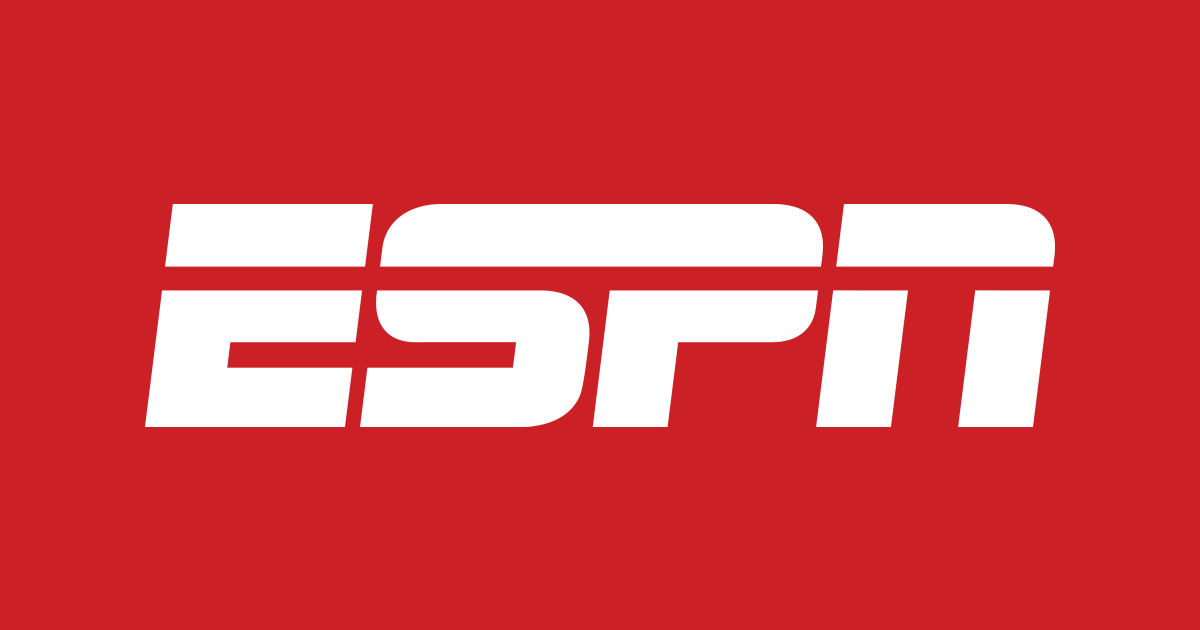
LOS ANGELES – ESPN, the sports network that drives Disney’s profit engine, has hit a soft patch. Subscribers have fallen by about 7.2 million over the last three years, according to Nielsen, and it’s coming off a round of layoffs in the latest quarter. As more people cut the cord to watch programming online, its perch on top of the pay TV empire is looking unsteady at best.
The network’s troubles are a bellwether for one of TV’s biggest challenges: the ever-increasing cost of sports rights and whether consumers want to keep footing the bill.
The conundrum was reflected in Disney’s quarterly earnings Tuesday. Even though “Star Wars: The Force Awakens” helped Disney’s earnings soar 32 percent to a record $2.9 billion, its television profits slumped by 6 percent, in part due to increases in the cost of sports-broadcast rights. It was Disney’s second profit decline in the TV segment in the last four quarters. Shares fell 3 percent to $89.48 in after-hours trading, the lowest level in more than a year.
Major media companies have invested $130 billion in sports rights over the next several years, Morgan Stanley analyst Benjamin Swinburne said in a recent investor presentation. But the cost of those rights is increasing faster than the revenue those companies reap.
Leading the pack of big spenders: Disney and its ESPN juggernaut, which accounts for an estimated 29 per cent of those long-term contract rights, from “Monday Night Football” to the NBA playoffs. Should the ad market falter and the pay TV audience decline even faster than its current 1 per cent a year the “bear case” Disney’s overall profit growth rate for the next four years could be nearly halved, Swinburne said.
Disney CEO Bob Iger sought to rebut worries on Tuesday’s conference call, saying ESPN actually saw a mild uptick in subscribers after the quarter ended. (Nielsen put ESPN subscribers at 91.4 million in January, down from 94.5 million a year ago.) Iger surmised the improvement had to do with good sales of Dish Network’s Sling TV online bundle of channels, which includes ESPN for a relatively inexpensive $20 a month.
“This notion that either the expanded basic bundle is experiencing its demise, or that ESPN is cratering in any way from a sub perspective, is just ridiculous,” Iger said. “Sports is too popular.” He said the company would be looking for more opportunities to sell ESPN into so-called “skinny bundles” that are cheaper than most pay TV packages today.
Iger’s comments helped stanch the bleeding, said Robin Diedrich, an analyst at Edward Jones, who has a “buy” rating on the stock. That’s in part because its other segments from movies to theme parks are booming. “Even considering some of the risk and slowdown we are seeing in media, we look at this as a really good buying opportunity,” she said.
Still, ESPN’s impact at Disney is huge because it leads the cable networks division that accounted for nearly half of Disney’s operating income last year. Sports rights “may ultimately turn into more risk than reward,” Swinburne said.
There are signs that the rising cost of broadcasting sports may be starting to pinch cable providers and networks, in many cases because it’s butting up against consumers’ willingness to pay.
After paying more than $8 billion for the rights to televise Los Angeles Dodgers baseball games in 2013, Time Warner Cable Inc. still hasn’t reached deals with other distributors for the majority of L.A. homes. Distributors don’t think fans will tolerate a price hike even though the dispute is about to drag into a third season.
Last fall, Comcast dropped the YES Network that is home of New York Yankees baseball and Brooklyn Nets basketball, citing high costs and low viewership.
And CBS announced last week that it would split the cost of broadcasting “Thursday Night Football” games with NBC. The deal will actually increase what CBS pays for every game it airs but could also help the network trim its losses on the deal by $100 million next season alone, at least by Swinburne’s reckoning.
All of these events point to trouble for sports rights buyers. These companies agree to pay sports leagues annual increases in multi-year deals, but are now looking at a steady decline in pay TV subscribers. As the biggest buyer of sports rights, ESPN bears much of that risk.
“The tradeoffs being made to get these rights raise the question of how long this trend can be sustained,” Barclays analyst Kannan Venkateshwar wrote in a recent report.
Sporting events may attract large audiences, garner an outsized share of advertising revenues and offer a showcase for promoting other TV shows. But networks like ESPN still get a large majority of their revenue from fees paid by cable and satellite subscribers. According to SNL Kagan, about 78 per cent of ESPN’s $9.5 billion in net operating revenue, excluding ad commissions, came directly from subscriber fees last year.
That’s why any hint of a decline in subscribers hurts so much. It’s also why Disney stock is down some 26 percent since November.